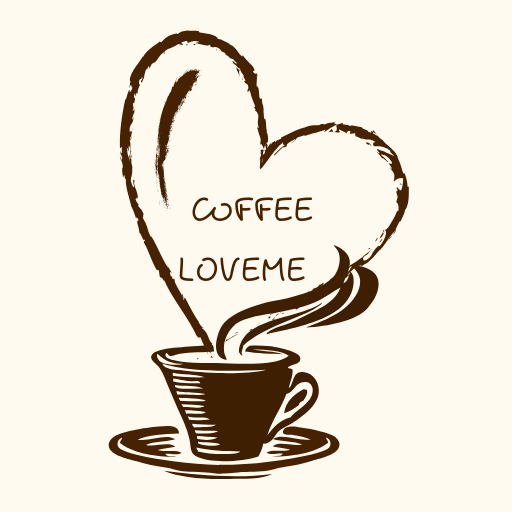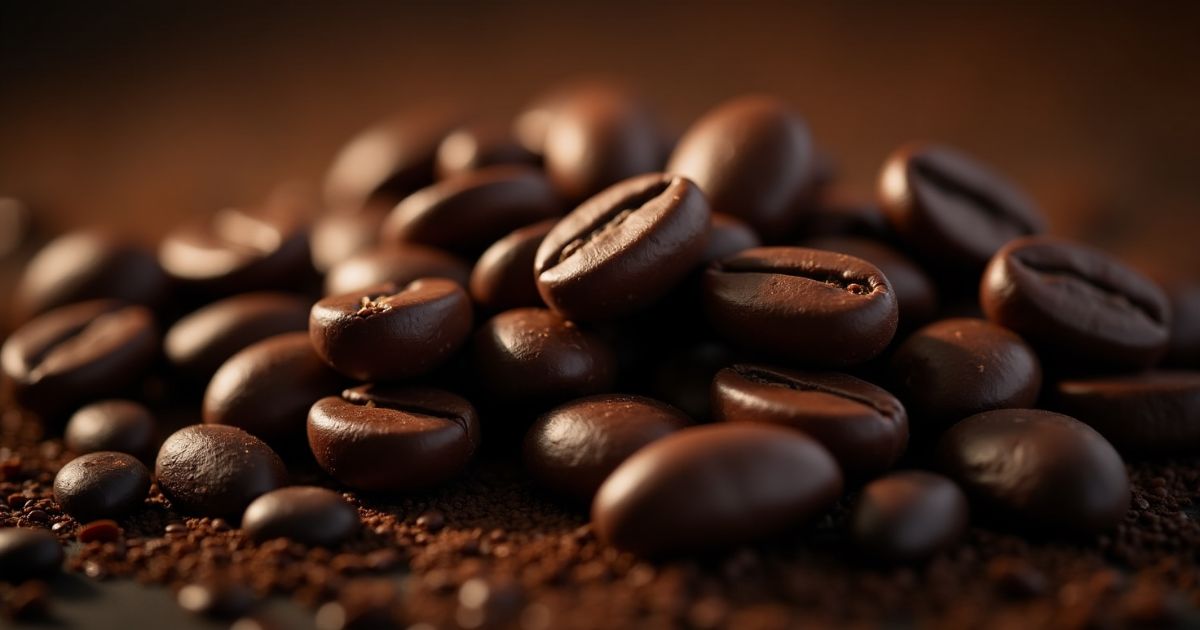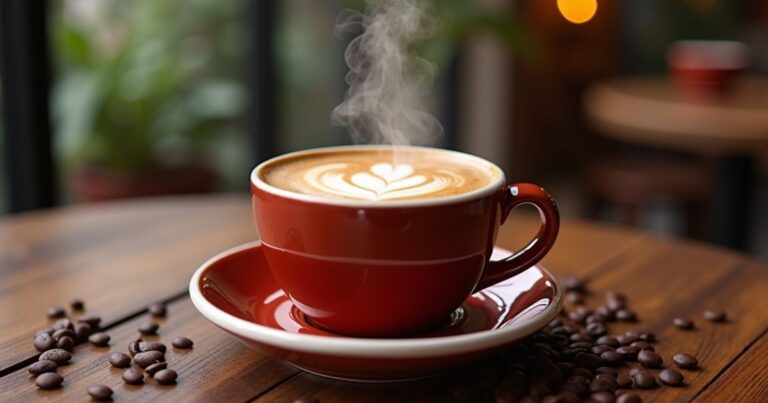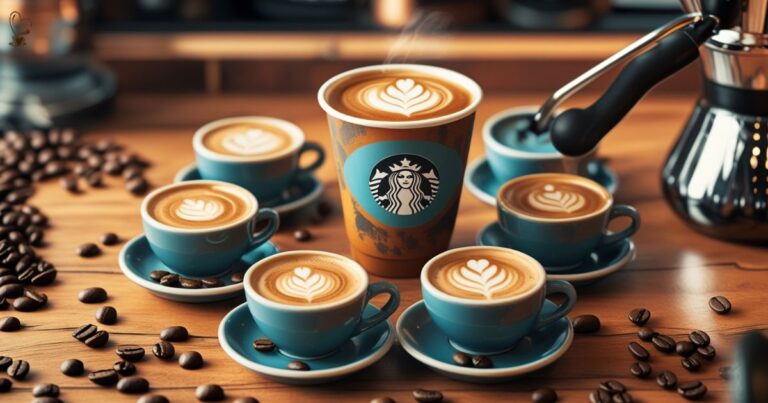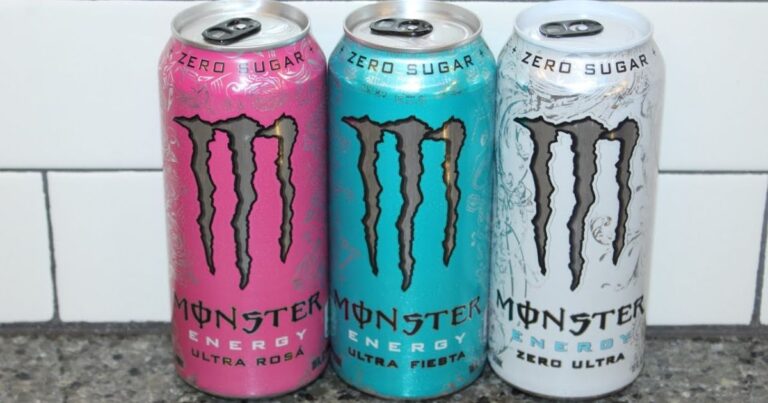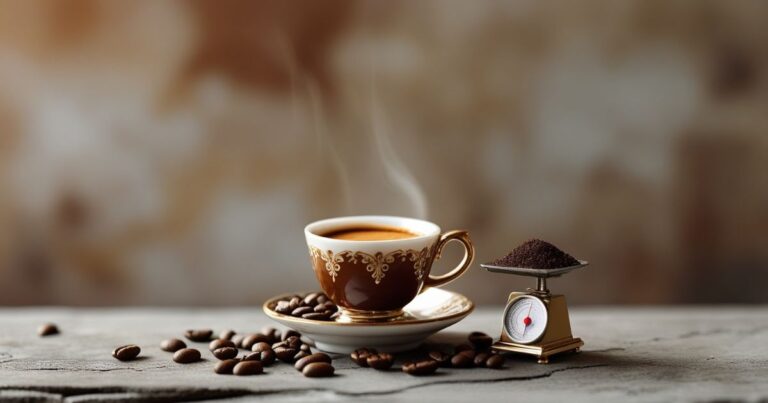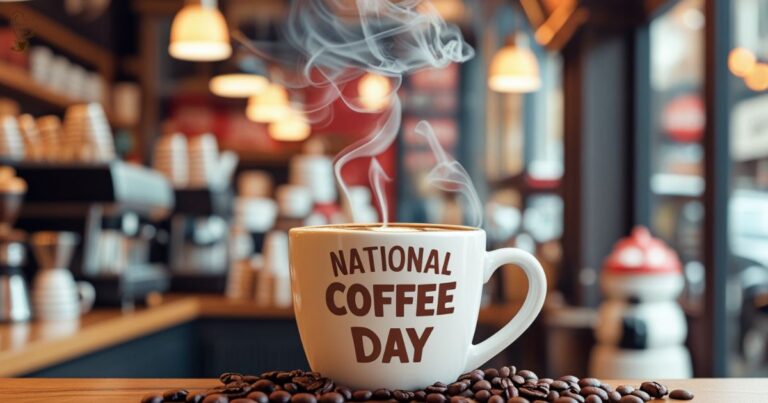How Much Caffeine in Chocolate Covered Espresso Beans
Are you a coffee lover with a sweet tooth? Imagine espresso’s rich, bold flavor, wrapped in a decadent layer of smooth, sweet chocolate. It’s the perfect blend of energy and indulgence.
Chocolate covered espresso beans have become a popular snack for those looking for a tasty way to get a caffeine boost. These little treats pack a punch, combining the bold flavor of espresso with the sweetness of chocolate.
But how much caffeine is actually in these delicious bites? Let’s explore the caffeine content in chocolate-coated espresso beans, and dive deeper into what makes them so appealing.
What Are Chocolate Covered Espresso Beans?
Chocolate covered espresso beans are made by coating roasted espresso beans in a layer of chocolate. The beans are usually perfectly roasted, bringing out their strong, bold coffee flavor.
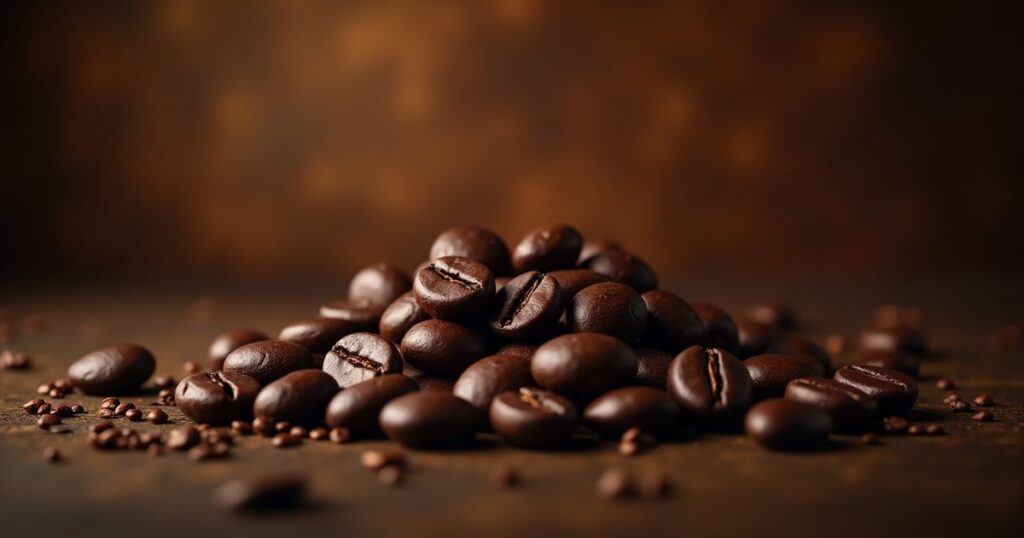
Once coated, these beans create a unique treat that combines the bitterness of coffee with the sweetness of chocolate. Chocolate espresso beans come in various types, from dark to milk chocolate, and even white chocolate.
These tasty snacks aren’t just about flavor—they’re a source of caffeine. The espresso bean inside each chocolate-coated bean is packed with caffeine, making it a popular choice for a quick energy boost.
How Much Caffeine Is in Chocolate Covered Espresso Beans?
The caffeine content in chocolate-covered espresso beans depends on several factors. On average, a single espresso bean contains about 6 milligrams of caffeine. The chocolate coating itself doesn’t add much caffeine but can enhance the overall flavor.
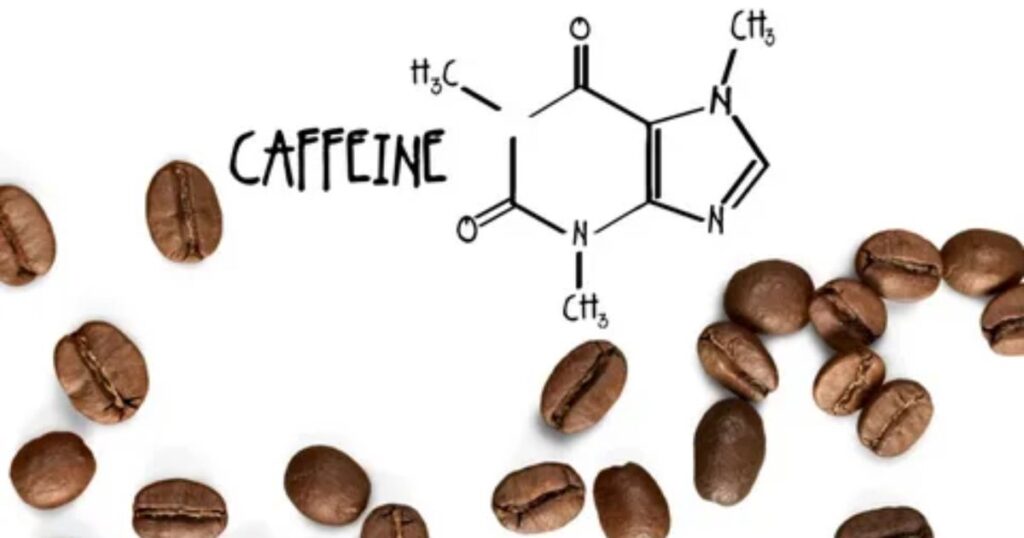
When you indulge in dark chocolate espresso beans, you’re getting more caffeine compared to milk chocolate ones. Dark chocolate has a higher concentration of cocoa, and that’s where the extra caffeine comes from.
For dark chocolate covered espresso beans, you can expect about 12 to 25 milligrams of caffeine per bean. Milk chocolate espresso beans usually contain less, around 10 to 15 milligrams of caffeine.
How Many Chocolate Coated Espresso Beans for a Caffeine Boost?
So, how many chocolate coated espresso beans do you need to feel the caffeine kick? Consuming 5 to 10 chocolate espresso beans will give you between 60 and 100 milligrams of caffeine. That’s roughly the same as one cup of coffee.
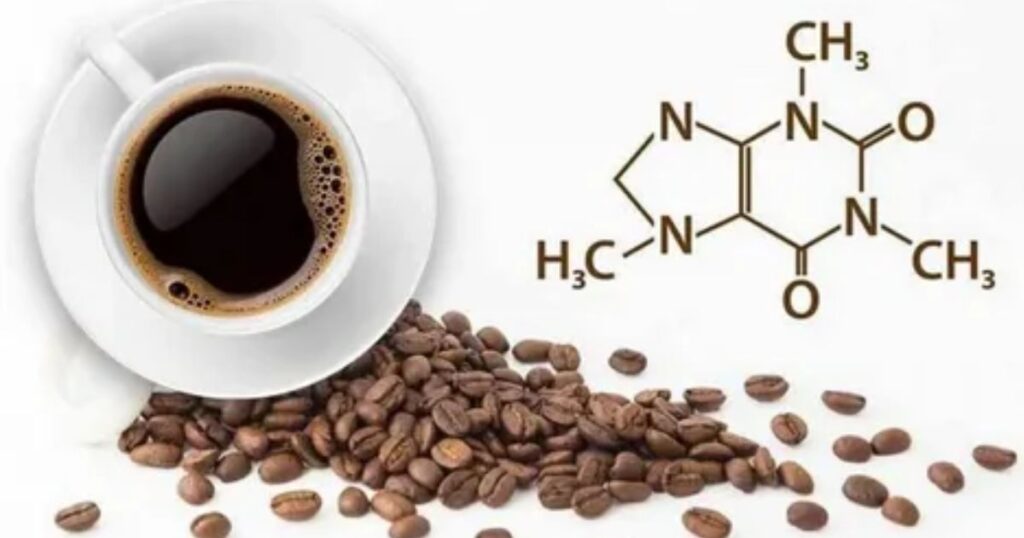
If you’re sensitive to caffeine, it’s a good idea to start with just a couple of beans and see how your body reacts. You can always eat more if needed, but be cautious not to overdo it. Remember, everyone’s tolerance to caffeine varies, and eating too many beans can lead to feelings of jitteriness or disrupt your sleep.
Nutritional Breakdown of Chocolate Espresso Beans
Chocolate covered espresso beans are more than just a source of caffeine—they also provide a range of nutrients. A single chocolate espresso bean contains small amounts of protein, fiber, and healthy fats from both the coffee bean and the chocolate.
Dark chocolate in particular has a variety of beneficial compounds like flavonoids, which are antioxidants that may help protect your heart and improve circulation.
Chocolate covered espresso beans are not exactly a health food. They contain sugar, which adds sweetness but also calories. Depending on the type of chocolate used, the sugar content can vary. If you’re trying to watch your calorie intake, it’s important to enjoy these beans in moderation.
Comparative Analysis with Other Caffeinated Products
When it comes to caffeine, chocolate-covered espresso beans are a fun and convenient way to get your fix. But how do they compare to other caffeinated products? For example, a cup of coffee typically contains 95 milligrams of caffeine per 8-ounce serving, depending on the strength.
Here’s a comparative analysis table for chocolate-covered espresso beans versus other caffeinated products:
| Product | Caffeine Content (per serving) | Sugar Content (per serving) | Calories (per serving) | Convenience | Taste | Additional Benefits |
|---|---|---|---|---|---|---|
| Chocolate-Covered Espresso Beans | 50-100 mg (depending on quantity) | 10-15 grams | 150-200 kcal | Portable, easy to snack on | Sweet, bitter, crunchy combo | Quick energy, antioxidants from chocolate & coffee |
| Coffee (8 oz) | 95 mg | 0-2 grams | 2-5 kcal | Requires brewing equipment | Strong, bold, can be bitter | Focus, hydration, customizable flavors |
| Energy Drink (8 oz) | 70-120 mg | 20-30 grams | 100-150 kcal | Instant, no preparation needed | Sweet, fruity or cola-like | Instant energy, B-vitamins, electrolytes |
| Caffeinated Tea (8 oz) | 30-50 mg | 0-5 grams | 2-40 kcal | Easy to brew, mild caffeine | Light, herbal, floral, or fruity | Antioxidants, calming effects (depending on type) |
| Caffeine Pills (1 pill) | 100-200 mg | 0 grams | 0 kcal | Convenient, fast-acting | No taste (unless flavored) | Quick, targeted energy boost |
| Caffeinated Chocolate Bar (1 oz) | 30-50 mg | 10-15 grams | 150 kcal | Easy to carry, enjoyable snack | Rich, sweet chocolate flavor | Energy, antioxidants, and mood boost from chocolate |
This table compares the caffeine, sugar, and calorie content, as well as the convenience and taste of chocolate-covered espresso beans alongside other common caffeinated products.
The Role of Chocolate in Flavor and Caffeine Absorption
While the espresso bean provides the caffeine, the chocolate is what makes chocolate covered espresso beans so delicious. The chocolate coating helps balance out the bitterness of the coffee bean, making the snack more palatable.
Dark chocolate, in particular, enhances the overall flavor, with its rich, slightly bitter taste complementing the sharpness of the coffee.
Chocolate also plays a role in caffeine absorption. Studies suggest that the fat content in chocolate may slow the absorption of caffeine, meaning the caffeine hit could last longer than drinking a cup of coffee.
This can provide a more sustained boost in energy, keeping you alert for longer periods without the sharp crash that sometimes comes with coffee.
The Global Market for Chocolate-Covered Coffee Beans
Chocolate-covered coffee beans are gaining popularity worldwide. They are especially popular in regions with a strong coffee culture, like Europe and North America. The rise of specialty coffee shops and premium chocolate demand has boosted their popularity.
Consumers are more health-conscious, leading to a rise in organic, fair-trade, and low-sugar options. This shift shows that chocolate-covered espresso beans are evolving to meet consumer preferences for quality and sustainability.
Explore a Variety of Espresso Bean Flavors
Espresso beans come in a wide range of flavors, offering a unique experience for every coffee lover. From rich and bold to smooth and fruity, each type of bean has its own distinct taste profile. Let’s explore some of the most popular espresso bean flavors and what makes them special.
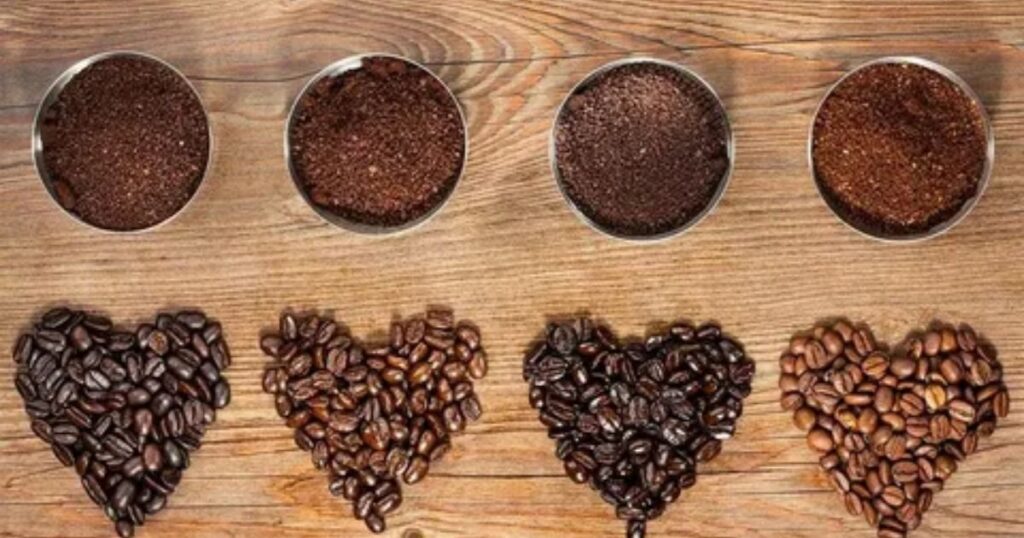
1. Classic Bold and Rich Flavors
Espresso beans with bold, rich flavors are perfect for those who enjoy a strong, full-bodied cup of coffee. These beans are often dark-roasted, which enhances their deep, roasted flavors with hints of chocolate, caramel, and smoky undertones. They provide a powerful, intense espresso shot that delivers the traditional coffee experience.
2. Smooth and Balanced
For those who prefer a more balanced cup, smooth espresso beans offer a perfect blend of rich flavor without being overwhelming. These beans usually feature a medium roast and have subtle notes of nuttiness, sweetness, and mild fruitiness. Smooth espresso is ideal for creating well-rounded coffee drinks, from lattes to cappuccinos.
3. Fruity and Bright
If you’re looking for a more vibrant and lively espresso, fruity espresso beans are an excellent choice. These beans often have bright, tangy flavors with hints of berries, citrus, or even tropical fruits. Lightly roasted, these beans preserve their natural fruit notes, providing a refreshing and unique espresso shot.
4. Nutty and Sweet
For those who enjoy a sweeter espresso, beans with nutty and caramel-like flavors offer a smooth and comforting taste. These beans typically have notes of roasted almonds, hazelnuts, or toffee, creating an espresso that’s both rich and subtly sweet. It’s a great choice for those who enjoy a dessert-like experience in their cup.
5. Spicy and Earthy
Espresso beans with spicy and earthy flavors offer a deeper, more complex taste profile. These beans often come from regions with bold, robust growing conditions, like Sumatra or Ethiopia. Expect hints of pepper, cinnamon, and earthy undertones that make for a distinctive and full-flavored espresso shot.
The variety of espresso bean flavors available allows coffee enthusiasts to find the perfect beans to suit their tastes. Experiment with different profiles to discover your ideal cup of espresso.
6. Flavored Espresso Beans
For a fun twist, flavored espresso beans are infused with various flavorings such as vanilla, caramel, chocolate, or even seasonal spices. These are perfect for those looking for something a little different from traditional espresso beans. With endless flavor possibilities, flavored espresso beans add a creative touch to your coffee experience.
Environmental Impact of Coffee and Chocolate Production
Coffee and chocolate production has a big environmental impact. Coffee farming uses large amounts of water and land. It can lead to deforestation and loss of biodiversity. Conventional farming often relies on harmful chemicals.
Packaging for products like chocolate-covered espresso beans is usually not recyclable. Transportation of goods also increases carbon emissions.
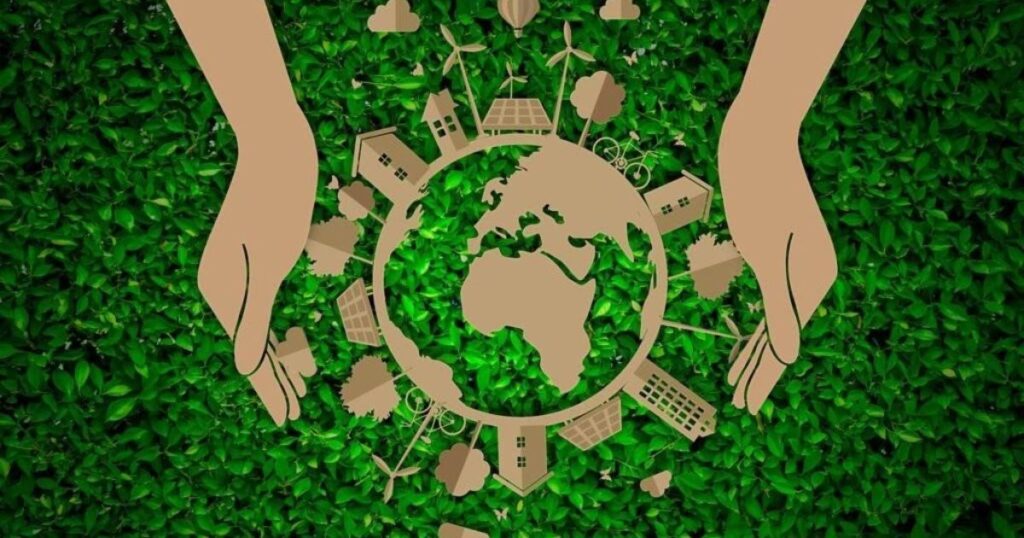
Sustainable Practices in Coffee Farming
To reduce impact, many coffee farms are adopting sustainable methods. Shade-grown coffee helps protect ecosystems and reduces chemical use. This method conserves water and maintains soil quality. Fair-trade certification ensures farmers are paid fairly and use eco-friendly practices.
Ethical Sourcing in Chocolate Production
The chocolate industry is focusing on ethical sourcing. Many companies use cacao from sustainable farms. This helps protect the environment and supports farmers. Sustainable cacao farming reduces deforestation and encourages soil conservation.
Sustainable Packaging and Waste Reduction
Companies are also moving toward sustainable packaging. They are using biodegradable and recyclable materials. This reduces waste and helps lessen the environmental impact of packaging.
Conclusion
Chocolate Covered espresso beans are an irresistible snack, combining the best of chocolate and coffee in one bite. They provide a moderate caffeine boost, thanks to the espresso bean inside, and offer health benefits like antioxidants from both the chocolate and coffee.
If you’re reaching for a handful of chocolate-coated espresso beans for a quick energy boost these treats have a place in many people’s daily routines. Just be sure to enjoy them in moderation, as overconsumption can lead to caffeine overload.
FAQs
Are You Supposed to eat Chocolate-Covered Espresso Beans?
Yes, chocolate-covered espresso beans can be a tasty and energizing snack. When eaten in moderation, they provide a boost of caffeine along with the antioxidants from both coffee and chocolate. They’re a perfect mix of indulgence and energy!
What’s the Difference Between Chocolate Covered Coffee Beans and Chocolate-Covered Espresso Beans?
Chocolate-covered espresso beans are made from dark-roasted beans, which have a more concentrated flavor and higher caffeine content. In contrast, chocolate covered coffee beans are made from beans roasted for a shorter time, resulting in a milder taste. Espresso beans offer a bolder, stronger coffee experience.
Can we eat Roasted Coffee Beans Directly?
Yes, roasted coffee beans are safe to eat. They have a rich, intense flavor, though they can be quite bitter. Just keep in mind, they still contain caffeine, so moderation is key!
Can you eat too Many Chocolate Covered Espresso Beans?
Yes, eating too many chocolate-covered espresso beans can cause jitteriness, anxiety, and insomnia. The high caffeine content can also lead to an increased heart rate. It’s important to enjoy them in moderation to avoid these side effects.
How Much Caffeine is in a Single Espresso Bean?
A single espresso bean contains approximately 6 mg of caffeine. This amount can vary slightly depending on the type of coffee bean and roasting method.
